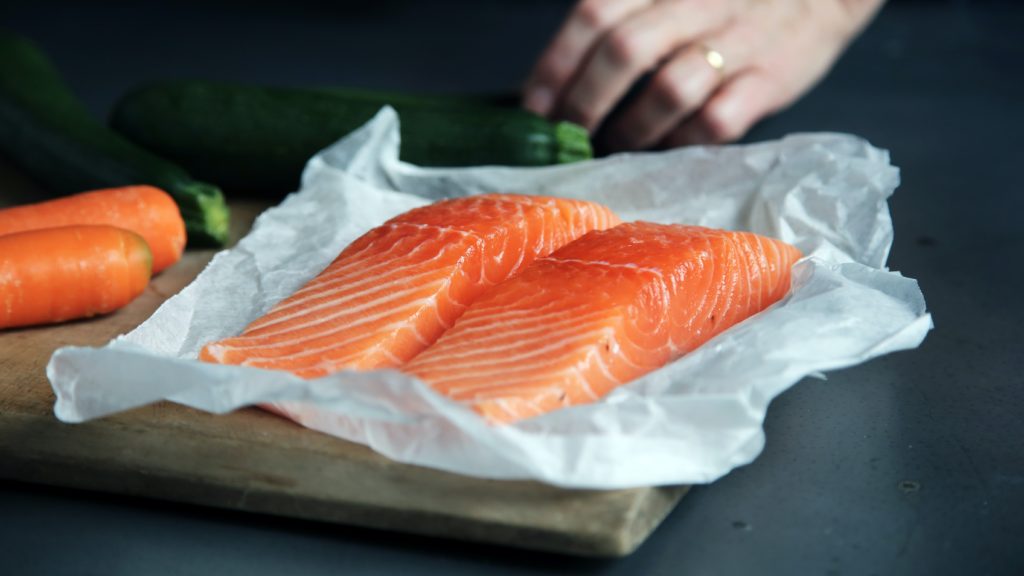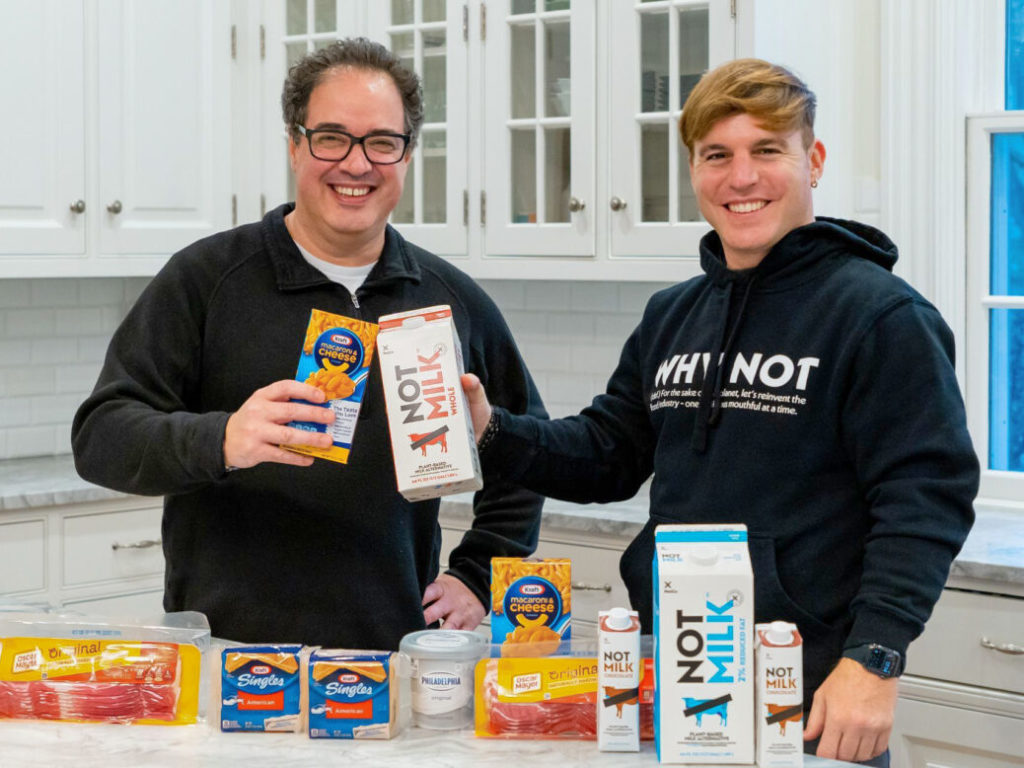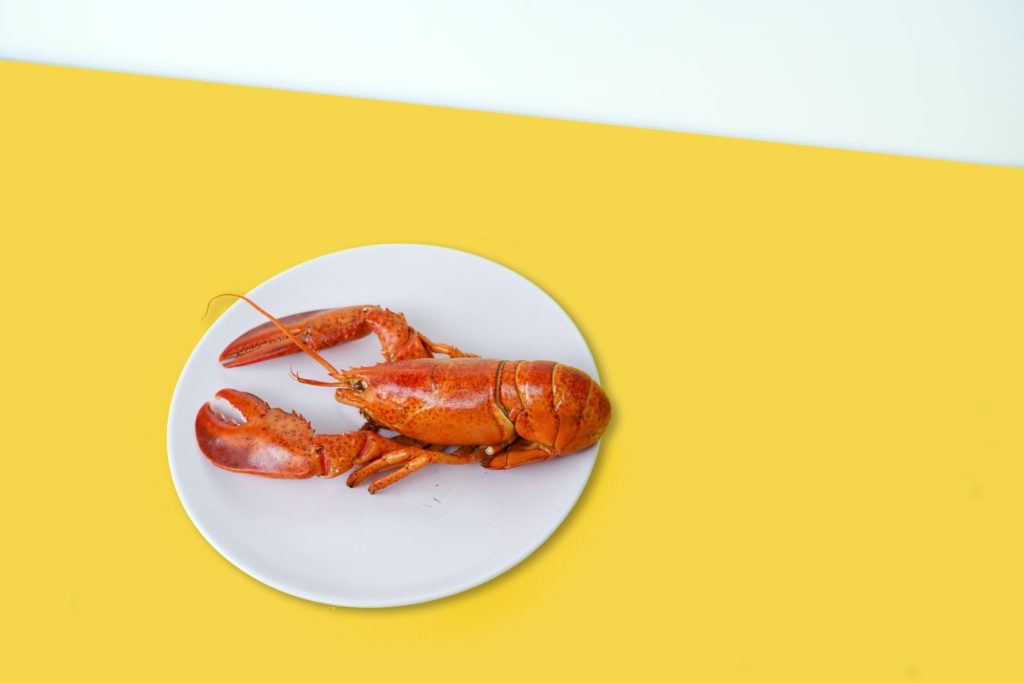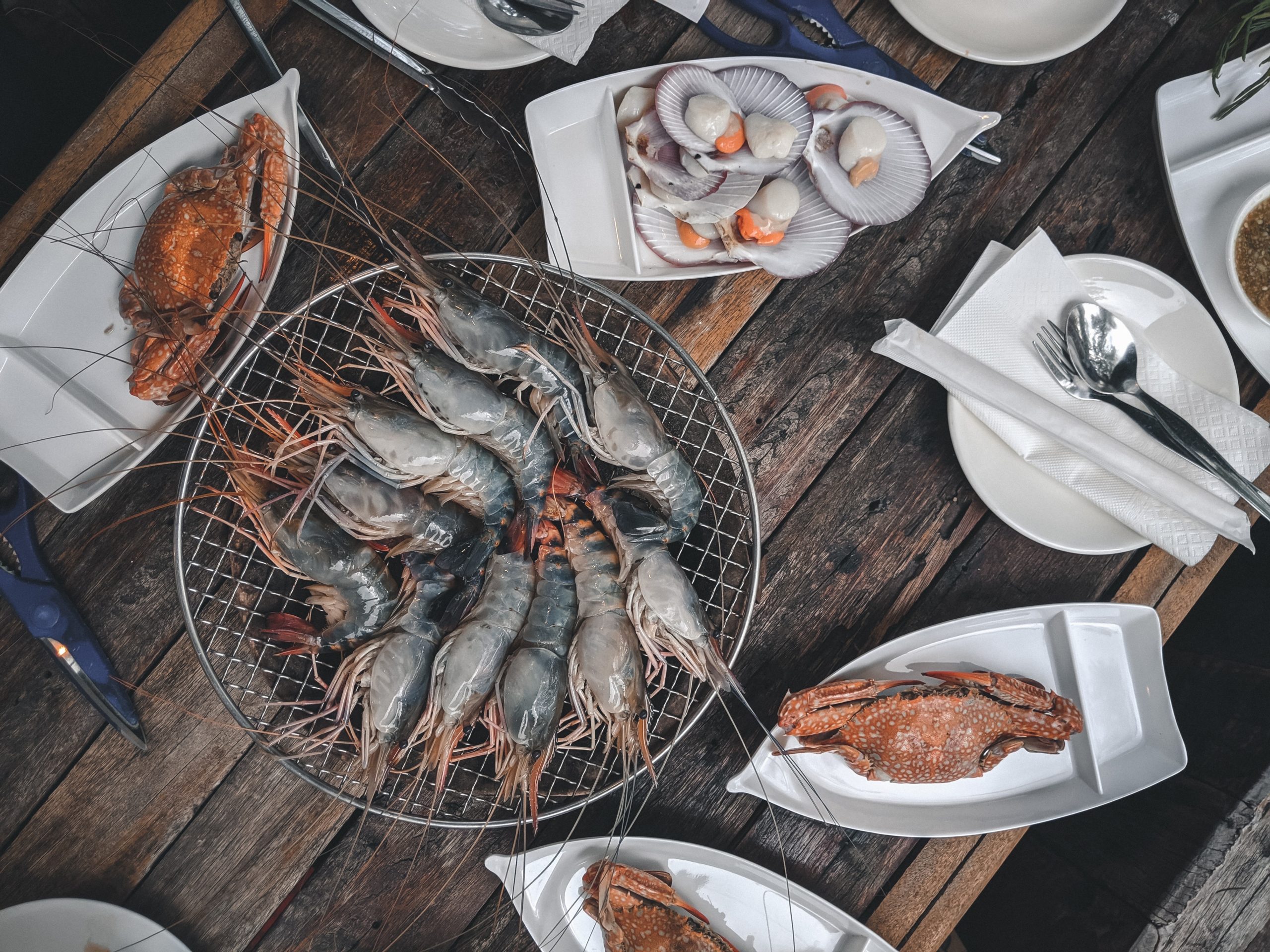4 Mins Read
The alt-seafood industry is predicted to be worth $23.2 billion by 2024. As a growth sector, it is attracting new interest from LATAM countries seeking to net a piece of the action. Brazil and Chile are leading the charge, with each taking a different tack.
Brazil is looking to leverage cultivated technology to provide sustainable alternatives to conventional seafood. Funding has been granted to research teams to progress the issue. Meanwhile, Chile is looking into AI-formulated plant-based options through unicorn company NotCo.

Brazil’s embracing of alt-seafood
The Good Food Institute (GFI) Brazil recently allocated funds to the Brazilian Agricultural Research Corporation (Embrapa) for cultivated seafood investigations. The Almirante Paulo Moreira Institute for Sea Studies partnered with Embrapa to assist with the identification of the best seafood products to replicate. To ensure quality reference points, domestic conventional seafood supplier Fishtag rounds out the collaborative project.
“My view is that the future of the food/protein industry will be cell-based. Hopefully, in 50 years, there will be no animals being killed for food,” Verônica Ribeiro, head of business development at Fishtag said in a statement. “We are thrilled to be part of this project and hope that the fish we provide will help plant-based and cell-based developers create delicious seafood.”
The goal of the three enterprises is to collect meaningful data from pre-selected species of fish and crustaceans, ahead of cultivated reimagining. Shrimp, Atlantic salmon, bigeye tuna, yellowfin tuna, grouper, swordfish and snook have been chosen. Agreed metrics include colour of meat, texture and fat content, all of which will be added to an existing database managed by GFI. Dubbed the ‘Pisces’ tool, it will grow to become a community reference resource that can be accessed by all relevant parties. Its motivation is to speed up both plant-based and cultivated seafood developments and commercialisation.
As more metrics are uncovered, additional information will be added to Pisces to assist with future projects and, hopefully, avoid duplication. GFI noted that consumers eat between 200 and 300 varieties of seafood, so there is scope for unique developments for everybody.

Chile’s bid for the alt-seafood market
While Brazil is looking to instigate country-wide collaboration and a rising national sector, Chile is initially pinning its alt-seafood hopes on one unicorn company. NotCo has already demonstrated vast success reproducing plant-based versions of beef, milk and most recently, chicken. Now, the AI-fuelled company is looking to take fish out of the food system.
“Following chicken, we’re now looking at the water. It’s in the replacement of tuna and salmon where we want to move the needle,” Matías Muchnick, NotCo CEO, told La Tercera. “For example, in the case of salmon, there is an industry that has destroyed the south of Chile. We need something new to really start to replace something as ferocious as industrial fishing.”
In addition to reversing the domestic damage caused by overfishing, NotCo is looking to perfect seafood analogues to appeal to new consumer bases. Expansion into Asia has already been touted for 2022, where alt-seafood could prove to be a major driver of sales. It already has a growing contingent of cultivated outfits but plant-based offerings would be available for sale in the interim before regulatory approval is granted.
NotCo is on a mission to entirely remove animals from the global food production industry. It uses proprietary AI technology to analyse foods down to their basic composition, before suggesting plant-based combinations to reach the same textures and flavours. No deadlines for plant-based salmon and tuna have been proposed yet, but updates are anticipated later this year. NotCo announced a new joint venture with Kraft Heinz last month. It is unknown if the Kraft Heinz Not Company will seek to market new seafood products or if NotCo will make them in-house developments.

Why is alt-seafood essential?
The need for an alternative to conventional seafood is multifaceted. Alongside biodiversity and marine ecosystem protection comes issues of human health. Caught fish have been shown to be reliable sources of toxins, heavy metals and microplastics. Additionally, species identification is now being deemed unreliable, in Singapore at least.
Supermarket-bought imported seafood in the country has been shown to be at risk of identification tampering. The result, according to the Seafood Mislabelling in Singapore report, published in the journal Food Control, is a significant threat to public health. More than a quarter of sampled seafood varieties were shown to be mislabelled, with potentially dangerous varieties such as pufferfish sold as monkfish. 96 percent of Singaporean seafood is cited as being imported and processed, allowing for a greater risk of mislabelling. Fresh, locally-sourced varieties are unlikely to be wrongly labelled.
Lead photo by Ratapan Anantawat on Unsplash.





